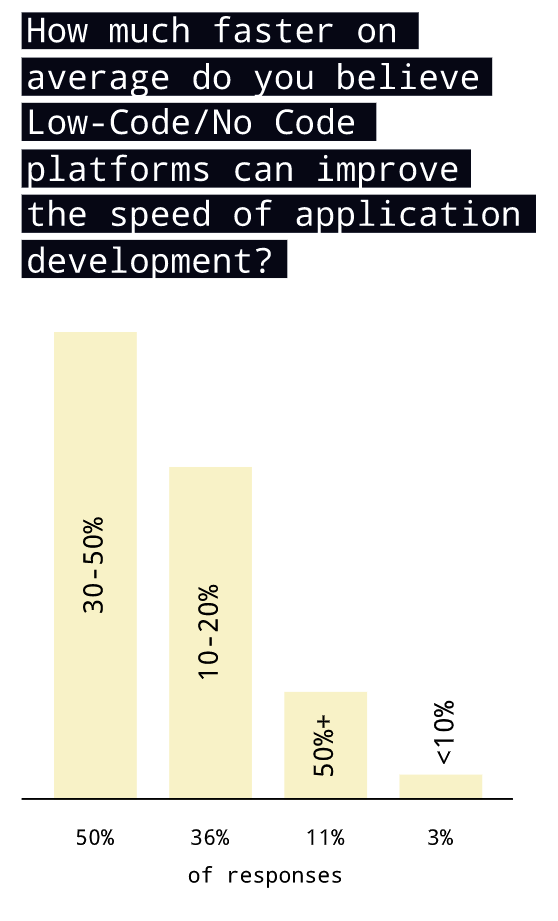### What is a Syndicated Loan: Unlocking the Secrets of Collaborative Financing
#### Understanding Syndicated LoansWhen businesses seek substantial funding, they often turn to a financial instrument known as a **syndicated loan**. But w……
#### Understanding Syndicated Loans
When businesses seek substantial funding, they often turn to a financial instrument known as a **syndicated loan**. But what exactly is a syndicated loan? In essence, it is a loan provided by a group of lenders—known as a syndicate—who collaborate to fund a single borrower. This arrangement allows lenders to spread the risk associated with large loans while providing borrowers with access to larger sums of money than they could typically secure from a single lender.
#### The Mechanics of Syndicated Loans
In a typical scenario, a borrower, which can be a corporation, government, or other entity, approaches a lead bank or financial institution to arrange the loan. The lead bank then invites other banks to join the syndicate, sharing the loan amount and the associated risks. The total loan amount can range from millions to billions of dollars, depending on the borrower's needs and creditworthiness.
The **syndicated loan** agreement outlines the terms, including interest rates, repayment schedules, and covenants that the borrower must adhere to. This collaborative approach not only diversifies the risk for lenders but also enhances the borrower’s credibility, as multiple reputable institutions are backing the loan.

#### Advantages of Syndicated Loans
One of the primary benefits of a **syndicated loan** is the ability to secure a larger amount of capital than would typically be possible through a single lender. This is particularly advantageous for large-scale projects such as infrastructure development, mergers and acquisitions, or significant corporate expansions.
Furthermore, syndicates can offer more competitive interest rates, as the collective bargaining power of multiple banks can lead to better terms for the borrower. Additionally, the presence of multiple lenders can provide more flexibility in structuring the loan, accommodating various financial needs and repayment capabilities.
#### The Role of the Lead Bank

The lead bank plays a crucial role in the **syndicated loan** process. It is responsible for negotiating the loan terms, coordinating with other lenders, and managing the loan throughout its lifecycle. The lead bank also acts as the primary point of contact for the borrower, streamlining communication and ensuring that all parties are aligned.
#### Risks and Considerations
While **syndicated loans** offer numerous advantages, they are not without risks. For lenders, the primary risk is the potential default by the borrower. In such cases, the syndicate must work together to recover the funds, which can be a complex and lengthy process.
For borrowers, the involvement of multiple lenders can lead to complications in communication and decision-making. It is essential for borrowers to maintain transparency and keep all parties informed to avoid misunderstandings that could jeopardize the loan agreement.

#### Conclusion
In summary, a **syndicated loan** is a powerful financing tool that allows borrowers to access substantial capital while spreading risk among multiple lenders. By understanding the mechanics, advantages, and potential risks associated with syndicated loans, businesses can make informed decisions about their financing options. Whether you are a borrower looking to fund a major project or a lender seeking to diversify your portfolio, the world of syndicated loans offers exciting opportunities for collaboration and growth.